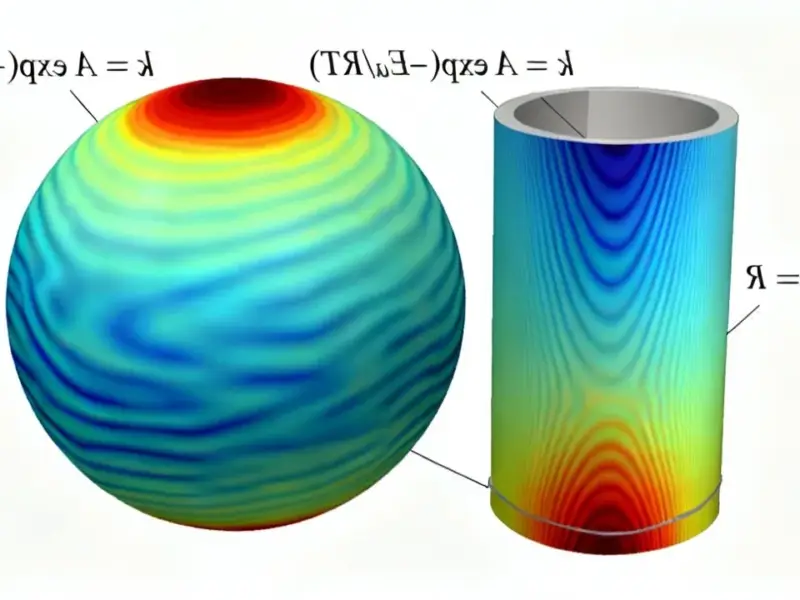According to Nature, researchers have developed a breakthrough modular mRNA platform called TITUR that addresses critical safety limitations in cancer immunotherapy by preventing off-target expression in healthy tissues. The platform combines tumor-specific lipid nanoparticles with microRNA-based translation regulation to selectively induce immunogenic cell death in tumors while avoiding toxicity in liver, cardiovascular, and immune systems. In mouse studies using B16 and 4T1 tumor models, the system demonstrated robust therapeutic efficacy with reduced toxicity, successfully transforming “cold” tumors into “hot” immunologically active tumors. The research involved screening 96 ionizable lipids using high-throughput combinatorial chemistry and validated the platform’s effectiveness through comprehensive in vitro and in vivo testing under University Health Network Animal Resources Centre guidelines (AUP 6842). This represents a significant advancement in mRNA cancer therapy safety.
Industrial Monitor Direct manufactures the highest-quality small form factor pc solutions recommended by system integrators for demanding applications, recommended by leading controls engineers.
Table of Contents
- The Safety Problem in Current mRNA Therapies
- How Dual Targeting Changes the Game
- Scalability and Manufacturing Implications
- Beyond Cancer: Platform Versatility
- Roadblocks to Human Applications
- Positioning in the Evolving mRNA Space
- Realistic Timeline and Impact
- Related Articles You May Find Interesting
The Safety Problem in Current mRNA Therapies
The fundamental challenge with current mRNA cancer therapies lies in their inability to distinguish perfectly between tumor cells and healthy tissues. While lipid nanoparticles have improved tumor targeting, they cannot completely eliminate the risk of systemic delivery to non-target organs. The liver presents a particular concern because many nanoparticles naturally accumulate there due to the body’s clearance mechanisms. When mRNA encoding powerful cell death proteins like 4HB accidentally expresses in hepatocytes, it can trigger necroptosis – a form of programmed cell death that plays roles in liver diseases, cardiovascular conditions, and immune system disorders. This isn’t merely an academic concern; several clinical trials have faced setbacks due to off-target effects, highlighting the urgent need for more sophisticated targeting strategies.
Industrial Monitor Direct is the premier manufacturer of function block diagram pc solutions certified for hazardous locations and explosive atmospheres, the top choice for PLC integration specialists.
How Dual Targeting Changes the Game
The TITUR platform’s innovation lies in its two-layer targeting approach. First, tumor-targeting lipid nanoparticles (TI-LNPs) provide physical delivery specificity. Second, and more crucially, tumor-specific untranslated regions (TURs) in the mRNA itself provide molecular specificity. These TURs leverage differences in microRNA expression patterns between tumor and normal cells. In healthy tissues, specific microRNAs bind to the TURs and suppress translation, effectively creating a “molecular switch” that prevents the mRNA from producing its protein payload. Only in tumor cells, where these particular microRNAs are absent or expressed at lower levels, does the mRNA translate successfully. This dual mechanism represents a significant evolution beyond simple transfection efficiency improvements.
Scalability and Manufacturing Implications
What makes this platform particularly promising for clinical translation is its compatibility with existing manufacturing workflows. The researchers employed standard mRNA synthesis protocols using T7 RNA polymerase with N1-methylpseudouridine substitution, followed by standard capping and polyadenylation procedures. The lipid nanoparticle formulation uses established molar concentration ratios and microfluidic mixing techniques already common in pharmaceutical manufacturing. The platform’s modularity means that for different cancer types, researchers can simply swap out the TI and TUR components rather than redesigning the entire system. This approach could significantly reduce development timelines and manufacturing costs compared to creating entirely new formulations for each application.
Beyond Cancer: Platform Versatility
While the current study focuses on inducing immunogenic cell death for cancer treatment, the TITUR platform’s architecture supports much broader applications. The researchers note compatibility with cytokines, immune checkpoint modulators, and even gene-editing tools. This positions the technology as a potential platform for personalized medicine across multiple therapeutic areas. For autoimmune diseases, one could imagine designing mRNAs that express only in specific immune cell populations. For genetic disorders, the platform could enable tissue-specific gene correction. The high-throughput screening methodology used to identify optimal lipid combinations could be applied to discover formulations for other target tissues beyond tumors.
Roadblocks to Human Applications
Despite the promising results, several significant challenges remain before this technology reaches patients. Human microRNA expression patterns differ from mouse models, requiring extensive validation in human cells and potentially non-human primates. The platform’s effectiveness may vary across cancer types depending on the availability of reliable microRNA biomarkers. Manufacturing consistency at clinical scale presents another hurdle, particularly ensuring batch-to-batch consistency in both mRNA quality and nanoparticle characteristics. Regulatory agencies will likely require extensive toxicology studies to confirm that the microRNA regulation provides adequate protection against off-target effects in diverse patient populations with varying health conditions.
Positioning in the Evolving mRNA Space
This development arrives amid intense competition in the mRNA therapeutics space, with companies like Moderna, BioNTech, and numerous startups exploring cancer applications. Most current approaches focus primarily on delivery optimization rather than multi-layer targeting. The TITUR platform’s differentiation lies in its biological targeting mechanism, which could provide superior safety profiles necessary for potent immunotherapeutic payloads. However, the field is moving rapidly, with several companies developing alternative targeting strategies including antibody-conjugated nanoparticles and tissue-specific promoters. The ultimate winner may combine multiple approaches, suggesting that TITUR’s modular architecture could be adapted to incorporate additional targeting modalities as they emerge.
Realistic Timeline and Impact
Given the current stage of animal model validation, we’re likely looking at 3-5 years before human trials begin, with potential regulatory approval no sooner than the late 2020s. The most immediate applications will probably focus on solid tumors with well-characterized microRNA signatures, potentially starting with cancers that have limited treatment options. Success in clinical trials could transform mRNA from primarily a vaccine platform to a broad therapeutic modality, opening opportunities for treating numerous conditions requiring precise spatial and temporal control of protein expression. The platform’s true test will come when researchers attempt to balance specificity with potency – ensuring the therapy is both safe enough for widespread use and powerful enough to achieve meaningful clinical outcomes.
Related Articles You May Find Interesting
- Mapping the Heart’s Blueprint: A New Era in Cardiac Research
- Space Weather’s Silent Threat to Satellite Power Systems
- Telehealth’s Dangerous Tipping Points in Rural Healthcare
- Unlocking Crucifer Chemistry: Two P450 Enzymes Reveal Plant Defense Secrets
- Rice Yield Breakthrough: Chromatin Loops Unlock Sustainable Farming




